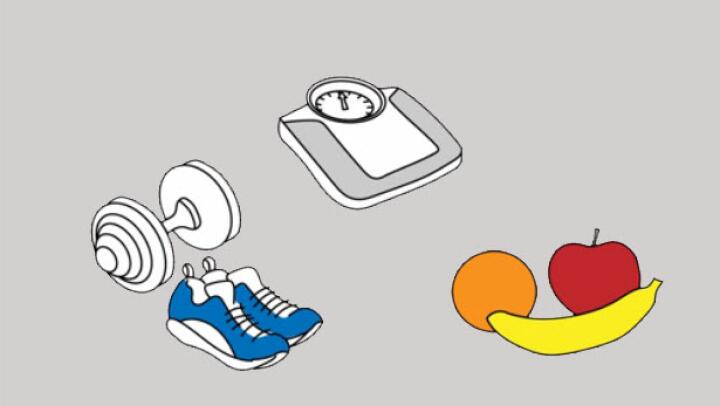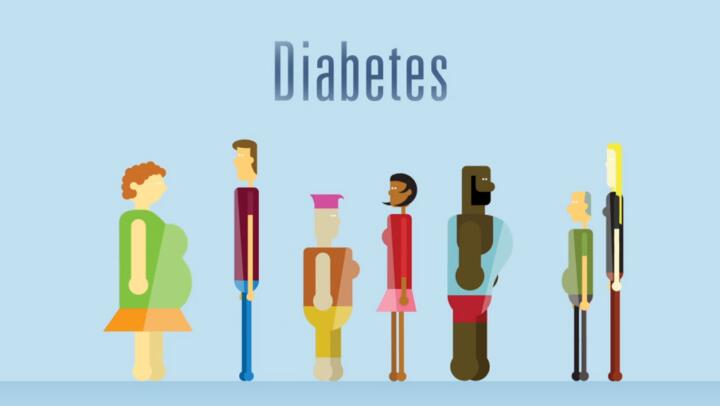What is diabetic ketoacidosis?
Diabetic ketoacidosis is a complication of diabetes that occurs when compounds called ketones build up in the bloodstream. Ketones are produced when the body breaks down fats instead of sugars, which happens when the body does not produce enough insulin to process sugar properly.
Ketoacidosis generally develops in people with type 1 diabetes, a chronic condition in which the pancreas produces too little or no insulin. It can also happen, although uncommonly, in those with type 2 diabetes, a chronic condition in which your body is either resistant to insulin or your pancreas does not produce enough insulin.
Symptoms worsen over time as the body attempts to use fat instead of sugar for energy. Blood sugar levels generally increase dramatically during the development of diabetic ketoacidosis, as the liver attempts to compensate for the lack of sugar-derived energy.
Diabetic ketoacidosis can lead to rapid breathing, flushing, fruity-smelling breath, nausea, vomiting, pain, fatigue, headache, and muscle stiffness. In severe cases, ketoacidosis can lead to a slowing of mental activity that can progress to a coma. The consequences of ketoacidosis can be severe, even life threatening, but modern treatments are usually very effective at preventing serious complications if treatment is obtained early.
Seek immediate medical care (call 911) for serious symptoms of ketoacidosis, such as decreased consciousness, difficulty breathing, mental stupor, or unexplained fruity-smelling breath.
Seek prompt medical care for any symptoms of diabetes or high blood glucose levels, as early treatment is critical for preventing life-threatening complications.
What are the symptoms of diabetic ketoacidosis?
Symptoms of diabetic ketoacidosis include symptoms related to both the digestive system and nervous system, both of which are affected by the buildup of toxic ketones.
Digestive symptoms of diabetic ketoacidosis
Digestive symptoms of diabetic ketoacidosis are related to the use of fats instead of glucose for energy and the body’s attempts to compensate for the lack of usable glucose. These symptoms include:
- Abdominal pain
- Dry mouth
- Loss of appetite
- Nausea with or without vomiting
- Stomach pain
Nervous system symptoms of diabetic ketoacidosis
Ketones are poisonous to the brain and can cause a variety of serious symptoms including:
- Difficulty with memory, thinking, talking, comprehension, writing or reading
- Fatigue
- Feeling very thirsty
- Headache
Other symptoms of diabetic ketoacidosis
Diabetic ketoacidosis may cause a variety of other symptoms, such as:
- Body aches
- Difficulty breathing
- Dry skin
- Frequent urination
- Rapid breathing (tachypnea) or shortness of breath
Serious symptoms that might indicate a life-threatening condition
In some cases, diabetic ketoacidosis can be life threatening. Seek immediate medical care (call 911) if you, or someone you are with, have any of these life-threatening symptoms including:
What causes diabetic ketoacidosis?
Diabetic ketoacidosis is caused by the buildup of ketones in the bloodstream. Ketones are compounds that come from the breakdown of fats instead of sugars. Normally, your body uses blood sugar for energy. In order to process blood sugar, however, your body requires insulin. When you have diabetes, you do not have enough insulin to process sugar effectively. In severe cases, your body will try to break down fats instead, and ketones can begin circulating through your blood.
Usually, ketoacidosis arises in people with type 1 diabetes, as the shortage of insulin is severe. It can also happen in those with type 2 diabetes, although this situation is rare. In most cases, ketoacidosis occurs when insulin needs increase, such as following trauma or serious illness. Missed insulin doses or fasting can also lead to ketoacidosis.
What are the risk factors for diabetic ketoacidosis?
A number of factors increase the risk of developing diabetic ketoacidosis in patients with diabetes, especially type 1 diabetes, a chronic condition in which the pancreas produces too little or no insulin. Not all people with risk factors will get diabetic ketoacidosis. Risk factors for diabetic ketoacidosis include:
- African American or Hispanic ethnicity
- Heart attack (myocardial infarction)
- Serious illness
- Serious infections and gangrene
- Surgery
- Traumatic injury
Reducing your risk of diabetic ketoacidosis
If you have been diagnosed with diabetes, it is very important to follow the treatment plan developed by your medical professional. Regulating your blood sugar and insulin levels is critical to maintaining proper metabolism in your body. You may be able to lower your risk of diabetic ketoacidosis by:
- Checking urine ketones routinely
- Eating a healthy, balanced diet as recommended by your health care professional
- Engaging in regular physical activity
- Following your insulin dosing schedule carefully and taking all medications as prescribed
- Maintaining proper fluid balance
How is diabetic ketoacidosis treated?
Diabetic ketoacidosis treatment attempts to restore insulin, blood glucose, fluid, and electrolyte levels. Treatment may also focus on determining and correcting the trigger, which could be trauma or infection. Most treatment for ketoacidosis will require hospitalization. Treatments for diabetic ketoacidosis include:
- Electrolyte replacement
- Fluid replacement
- Insulin administration
What are the potential complications of diabetic ketoacidosis?
Diabetic ketoacidosis is a very serious, even life-threatening condition. Preventing ketoacidosis by carefully following your insulin dosing schedule is the best method for preventing complications. If ketoacidosis does occur, complications can rapidly affect the body. It is important to seek immediate medical treatment for symptoms of diabetic ketoacidosis. You can help minimize your risk of serious complications by following the treatment plan you and your health care professional design specifically for you. Complications of diabetic ketoacidosis include:
- Cerebral edema (fluid in the brain)
- Coma
- Kidney failure
- Myocardial infarction (heart attack)



































